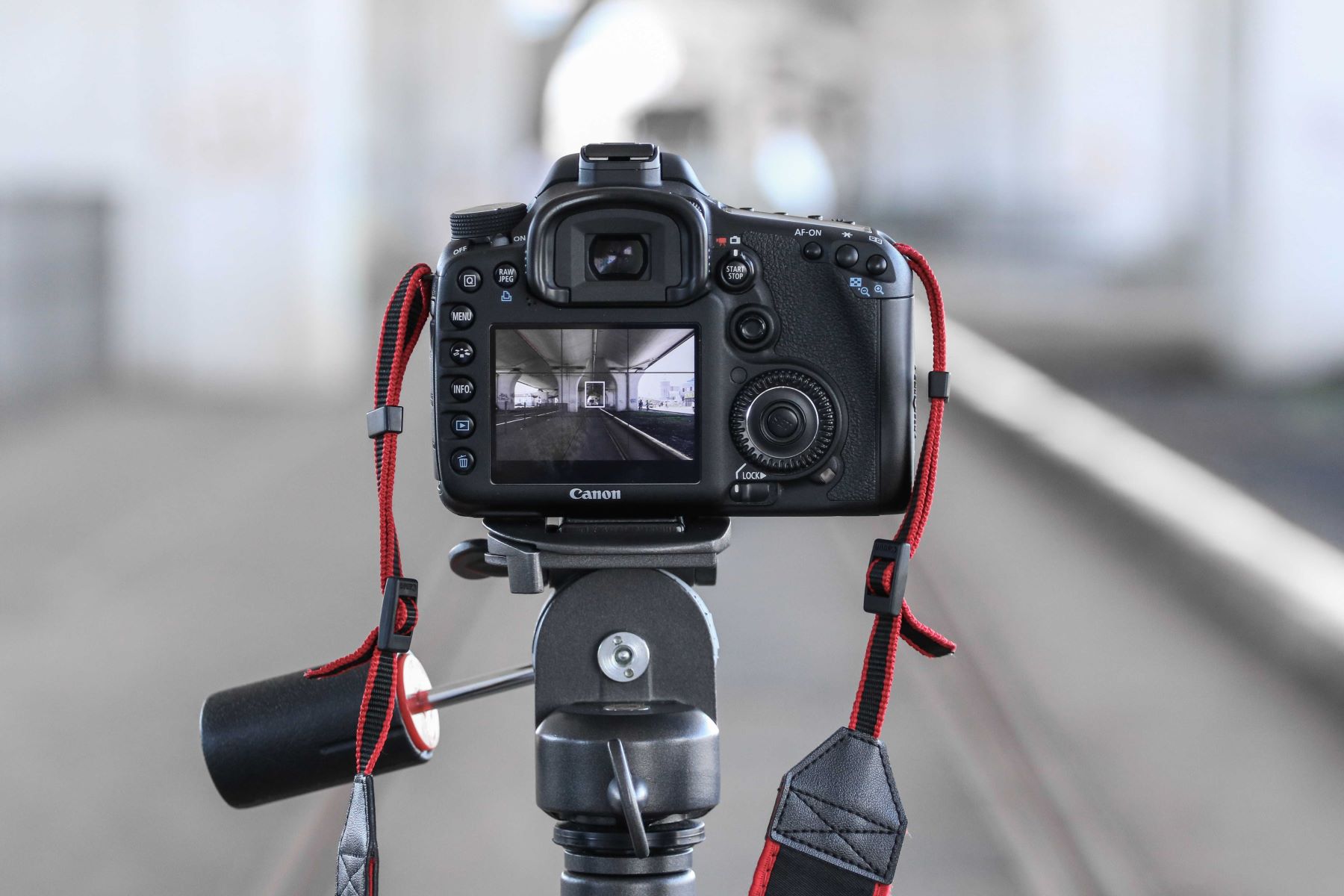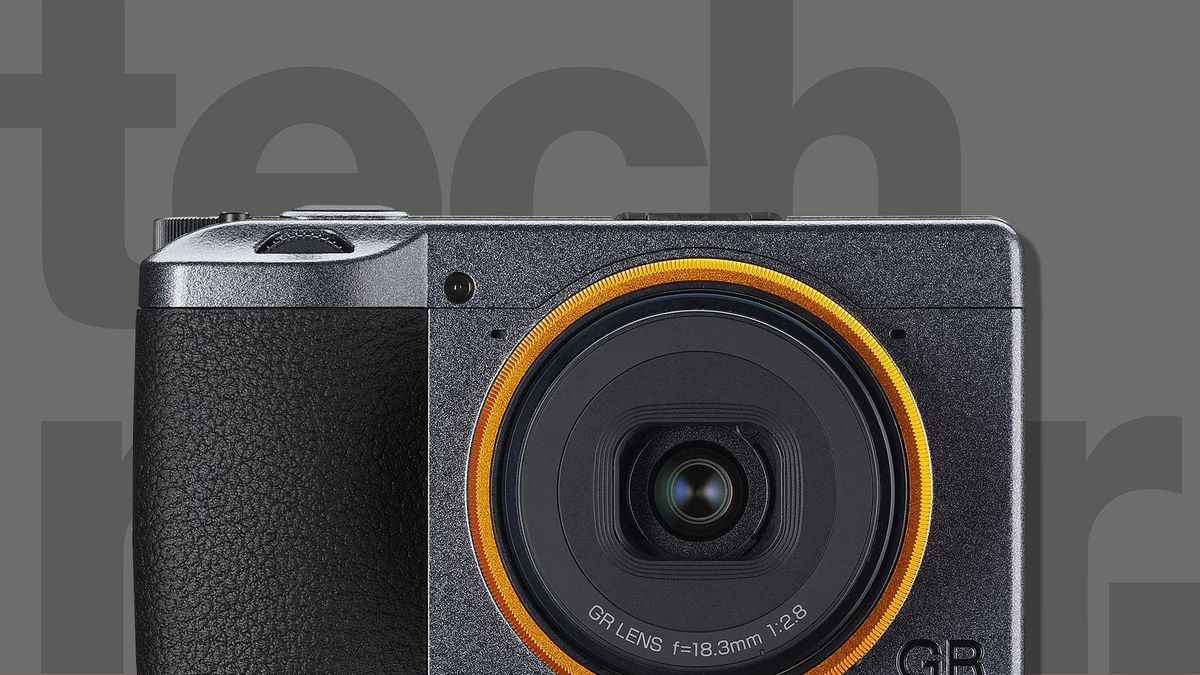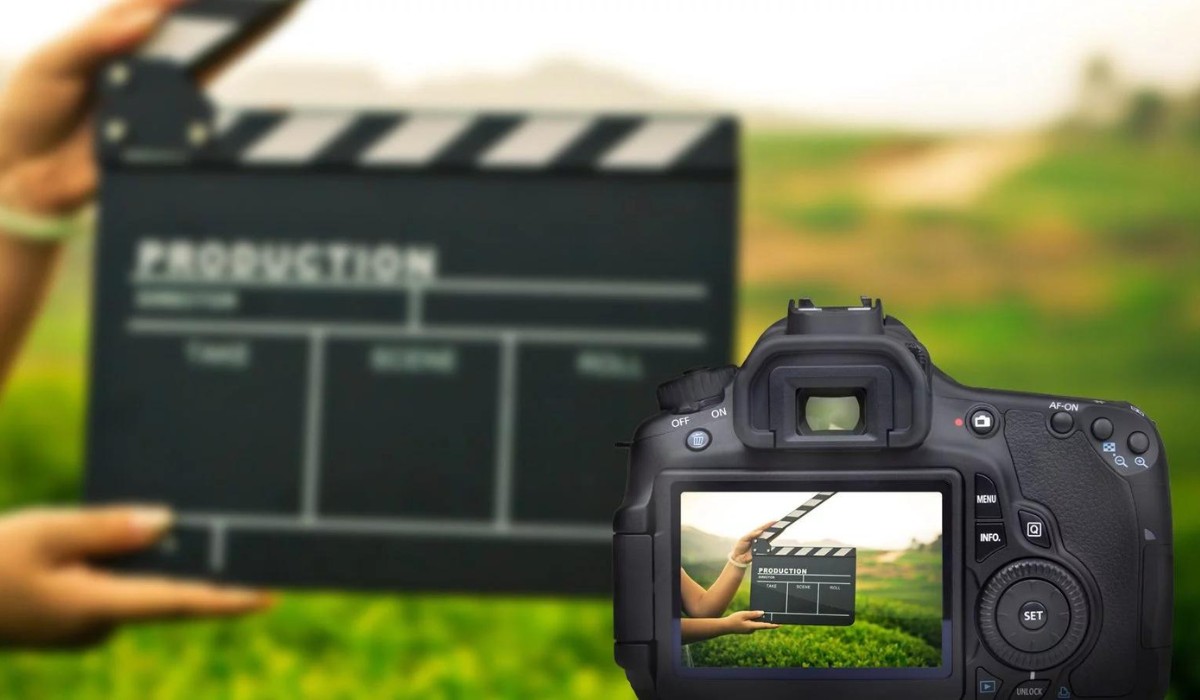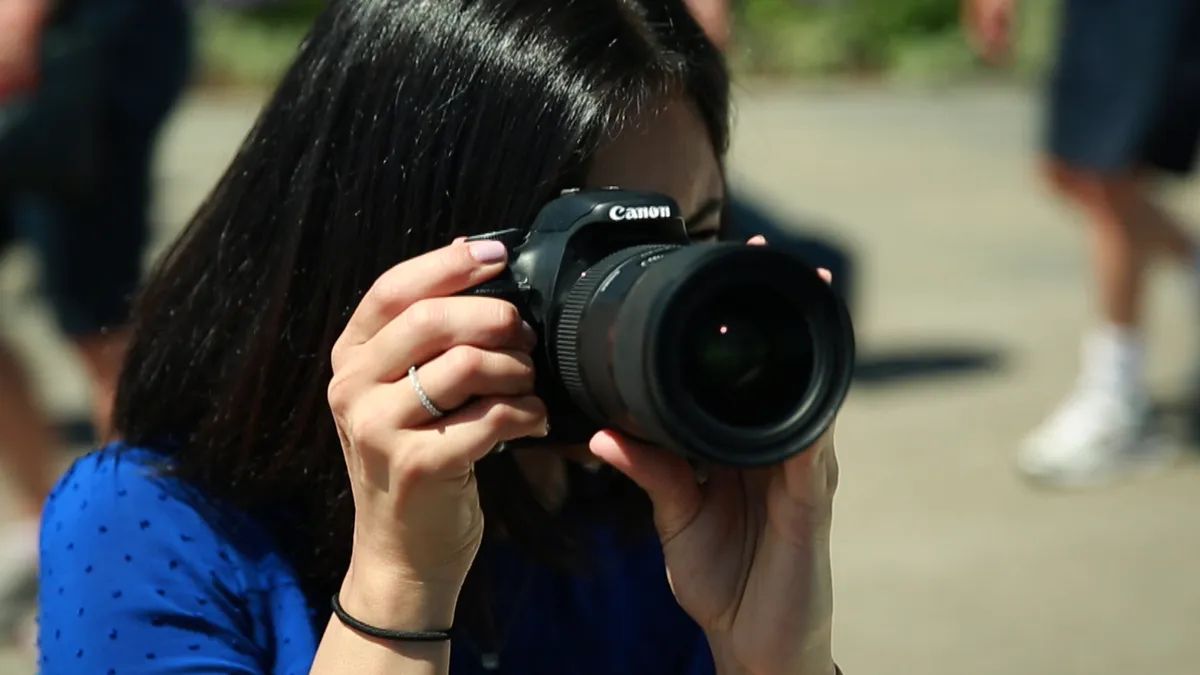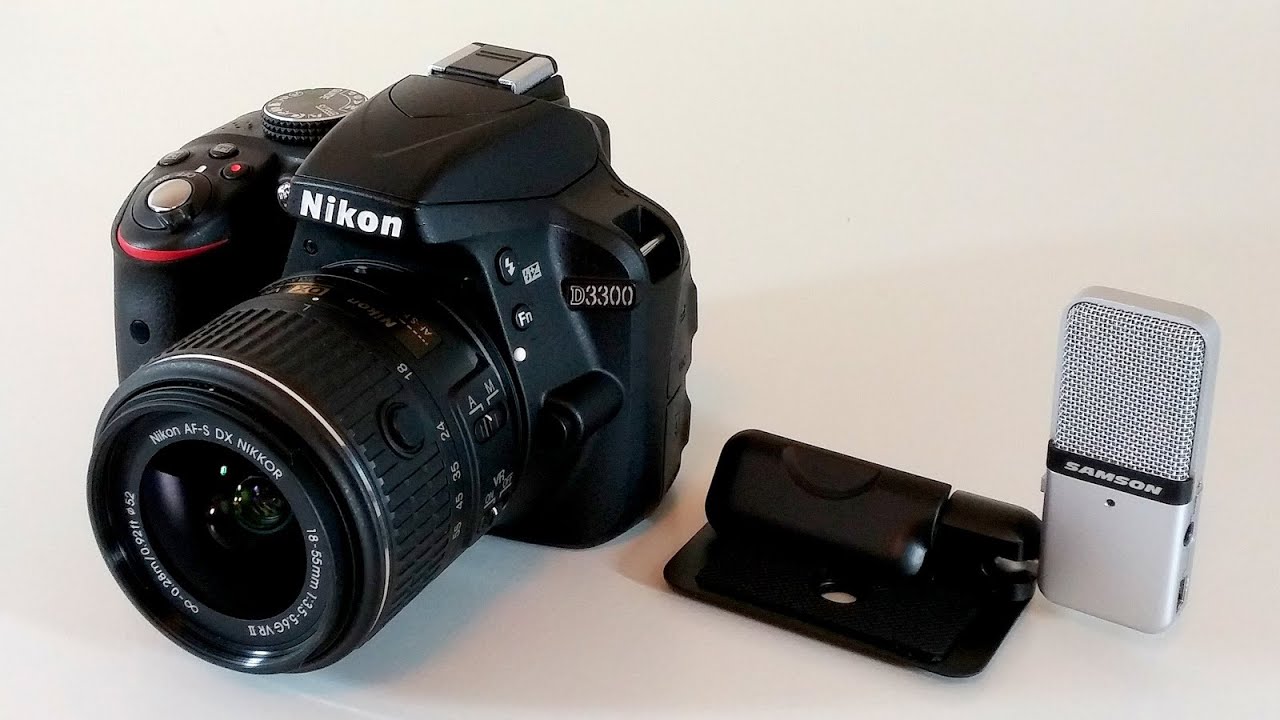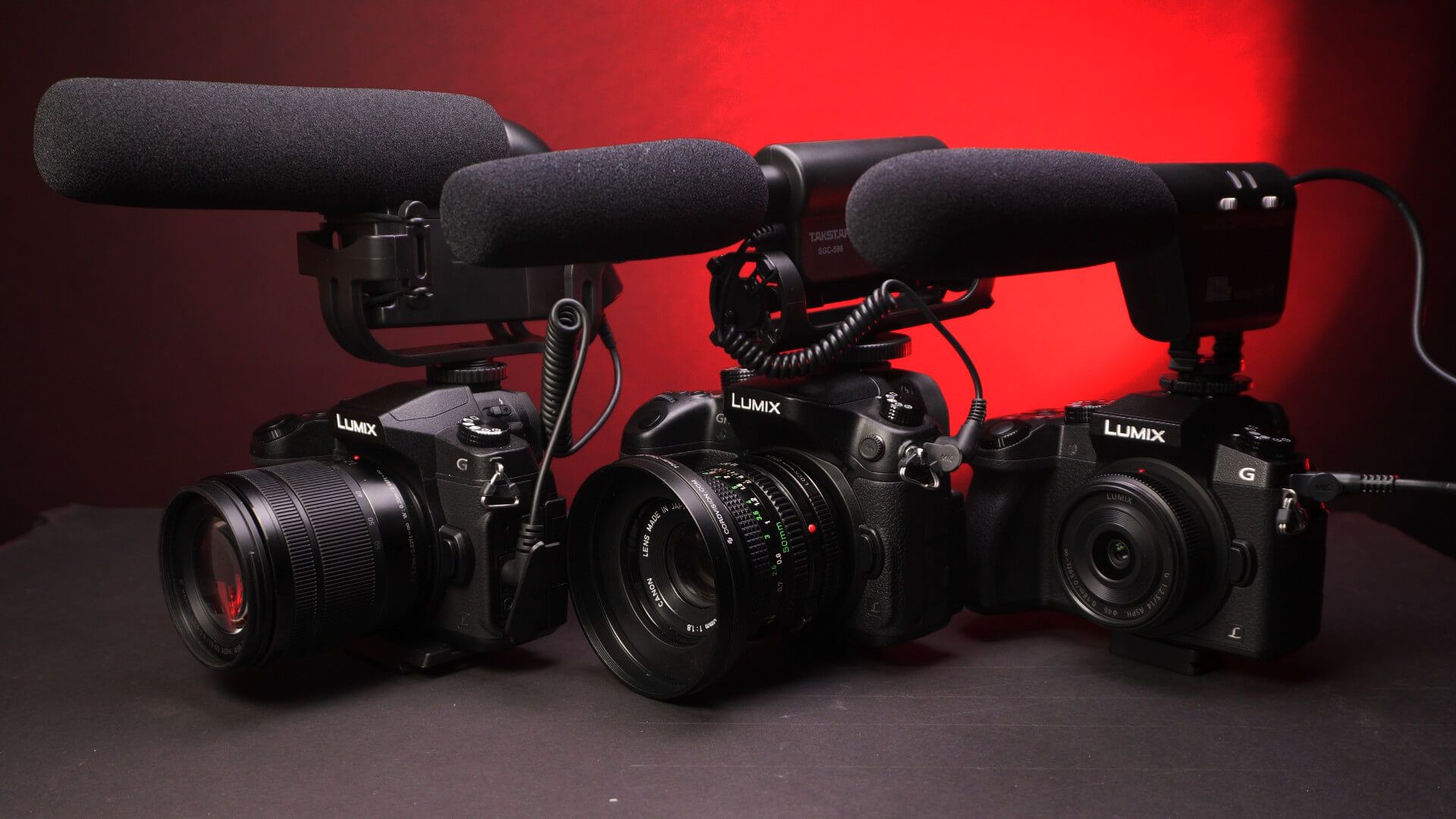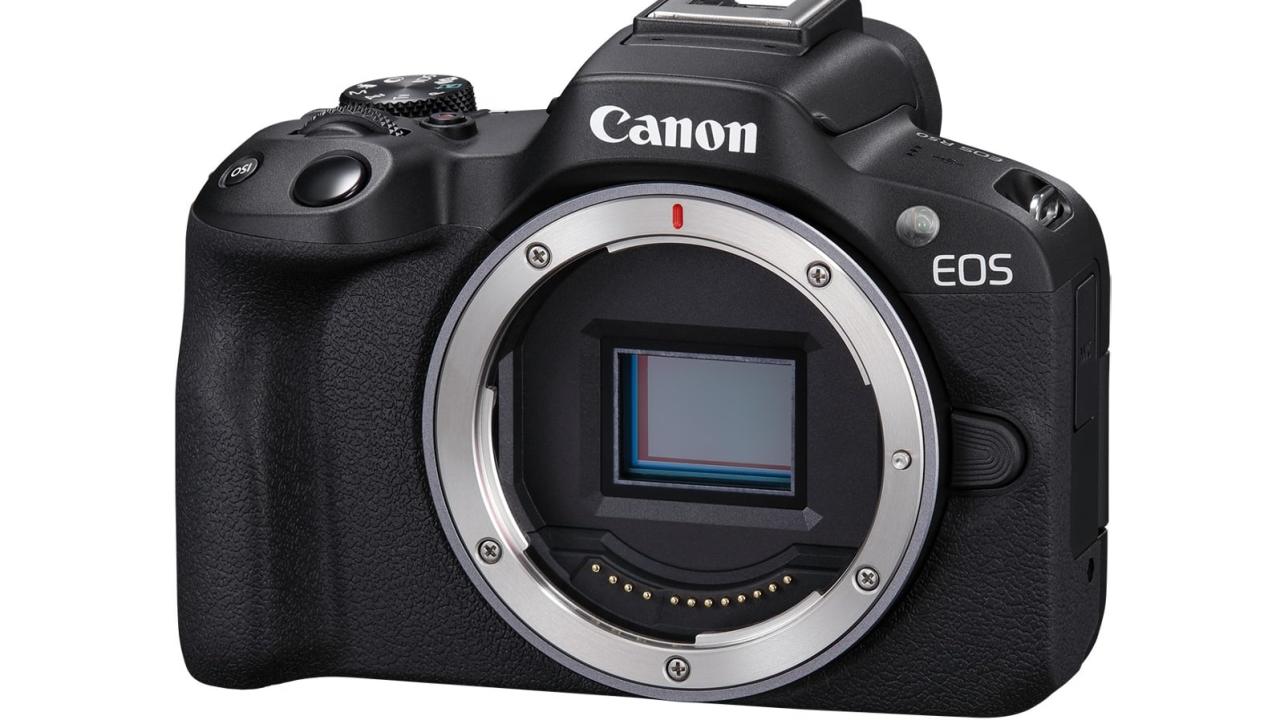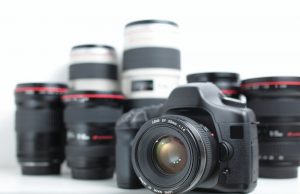Introduction
Introduction
Welcome to the exciting world of digital single-lens reflex (DSLR) cameras! Whether you’re a novice photographer or a seasoned pro, selecting the right DSLR camera can significantly impact the quality of your photographs. With a myriad of options available on the market, it’s essential to carefully consider various factors before making your purchase. This guide will walk you through the essential steps to help you pick out the perfect DSLR camera that aligns with your budget, needs, and creative aspirations.
As you embark on this journey, keep in mind that the ideal DSLR camera for one photographer may not be the best fit for another. Your unique preferences, shooting style, and intended use will play a crucial role in determining the most suitable option for you. By the end of this guide, you’ll be equipped with the knowledge and confidence to make an informed decision and invest in a DSLR camera that empowers you to capture stunning images with precision and artistry.
Now, let’s delve into the essential considerations that will guide you toward selecting the perfect DSLR camera for your photography endeavors.
Consider Your Budget
When venturing into the realm of DSLR cameras, it’s imperative to establish a clear budget that aligns with your financial capacity. The price range for DSLR cameras varies widely, with options available for every budget, from entry-level models to high-end professional setups.
Before diving into the specifics of camera features and capabilities, take a moment to assess how much you’re willing to invest in your new equipment. Consider not only the cost of the camera body but also any additional lenses, accessories, and photography essentials that you may need. Setting a budget will help narrow down your options and prevent you from overspending or feeling overwhelmed by the multitude of choices available.
If you’re new to DSLR photography, you may opt to start with a more budget-friendly entry-level camera that provides essential features and functionality. These entry-level models offer an excellent platform for learning and honing your skills without making a substantial financial commitment. On the other hand, if you’re a seasoned photographer or professional seeking advanced features and superior performance, allocating a higher budget may be necessary to acquire a top-of-the-line DSLR camera that meets your specific requirements.
Keep in mind that while it’s essential to stay within your budget, investing in a quality DSLR camera is akin to investing in the potential for extraordinary photography. Striking a balance between affordability and the features you need is key to making a prudent and satisfying purchase.
Determine Your Photography Needs
Before delving into the vast array of DSLR cameras available, take the time to assess your specific photography needs and preferences. Understanding how you intend to use the camera will significantly influence the type of DSLR that best suits your requirements.
Consider the primary genres of photography you’re passionate about, whether it’s landscape, portrait, wildlife, sports, macro, or a combination of styles. Different photography genres may demand specific features and capabilities from a DSLR camera. For example, landscape photographers often prioritize high-resolution sensors and wide-angle lenses, while sports photographers may prioritize fast continuous shooting and superior autofocus performance.
Furthermore, think about the environments in which you typically shoot. Are you drawn to low-light settings, outdoor adventures, studio setups, or a mix of locations? Understanding the lighting conditions and physical demands of your shooting environments will help you identify the necessary features, such as low-light performance, weather sealing, or portability, that your ideal DSLR camera should possess.
Additionally, consider your proficiency level and future aspirations in photography. Are you a beginner seeking a user-friendly camera with intuitive controls, or are you an experienced photographer looking for advanced customization options and manual controls to elevate your craft? Anticipating your growth and potential areas of exploration in photography will guide you in selecting a DSLR camera that can evolve with your skills and creative vision.
By thoroughly evaluating your photography needs, you’ll be well-equipped to prioritize essential features and functionalities when exploring the diverse range of DSLR cameras, ensuring that your chosen camera empowers you to capture images that resonate with your artistic vision and technical requirements.
Research Camera Brands and Models
As you venture into the realm of DSLR photography, conducting thorough research on various camera brands and models is essential to make an informed decision. The market is brimming with reputable manufacturers, each offering a diverse lineup of DSLR cameras with unique features and capabilities.
Begin by exploring the offerings of well-established camera brands such as Canon, Nikon, Sony, and others renowned for their expertise in producing high-quality DSLR cameras. Each brand has its strengths and specialties, ranging from innovative autofocus systems and exceptional low-light performance to robust weather sealing and ergonomic designs. Assessing the strengths and weaknesses of different brands will provide valuable insights into the diverse options available to you.
Within each brand, numerous camera models cater to varying skill levels and photography styles. Entry-level models are designed to be user-friendly and affordable, making them ideal for beginners and enthusiasts seeking to explore the world of DSLR photography. Mid-range and professional-grade models offer advanced features, rugged build quality, and superior performance, making them suitable for seasoned photographers and professionals with specific demands.
When researching camera models, consider factors such as sensor size, resolution, autofocus capabilities, continuous shooting speed, video recording features, and connectivity options. Additionally, delve into user reviews, expert opinions, and sample images captured with the cameras you’re interested in. Real-world experiences and insights from photographers who have used the cameras can provide invaluable perspectives that go beyond technical specifications.
Furthermore, take note of the compatibility and availability of lenses and accessories within the camera system you’re considering. A robust ecosystem of lenses, flashes, and other accessories can enhance your photographic capabilities and provide flexibility for future expansion.
By thoroughly researching camera brands and models, you’ll gain a comprehensive understanding of the options available to you, empowering you to make a well-informed decision that aligns with your photography goals and preferences.
Test Out Different Cameras
Once you’ve narrowed down your options based on budget, photography needs, and thorough research, the next crucial step in selecting a DSLR camera is to physically test out different models. While technical specifications and online reviews offer valuable insights, nothing compares to the hands-on experience of using a camera to assess its ergonomics, user interface, and overall performance.
Visit local camera stores or attend photography expos where you can interact with a variety of DSLR cameras from different brands. Holding the cameras in your hands will provide a sense of their build quality, weight, and how comfortably they fit in your grip. Assess the layout of buttons, dials, and menus to determine if the camera’s controls align with your shooting style and preferences.
Take the opportunity to test the autofocus system by capturing moving subjects or challenging scenarios to evaluate its speed, accuracy, and tracking capabilities. Experiment with the camera’s performance in low-light conditions to gauge its noise handling and autofocus performance in challenging lighting environments.
Furthermore, explore the menu system and customization options to assess the camera’s user-friendliness and the extent to which it allows you to tailor settings to your specific needs. Consider the responsiveness of the camera’s interface and the intuitiveness of its controls, as these factors can significantly impact your shooting experience and efficiency in the field.
While testing the cameras, pay attention to the viewfinder and rear LCD display to ensure they provide clear, sharp, and accurate representations of the scene. Assess the camera’s overall handling and how well it accommodates your preferred shooting posture, whether handheld or using a tripod.
Lastly, capture sample images with each camera to evaluate their image quality, color reproduction, dynamic range, and overall performance. Reviewing these images on a computer will offer a comprehensive understanding of each camera’s imaging capabilities and help you identify the one that best aligns with your photographic vision.
By physically testing out different DSLR cameras, you’ll gain firsthand insights into their ergonomics, performance, and suitability for your photography endeavors, ultimately guiding you toward selecting the ideal camera that resonates with your creative and technical requirements.
Consider Additional Features and Accessories
When selecting a DSLR camera, it’s essential to consider not only the camera body itself but also the additional features and accessories that can enhance your photography experience and expand your creative capabilities. Understanding the supplementary elements that complement your camera system will help you maximize its potential and adapt to diverse shooting scenarios.
One of the primary considerations is the availability and versatility of lenses within the camera’s ecosystem. Different photography genres may require specific types of lenses, such as wide-angle, telephoto, macro, or prime lenses. Assess the range of lenses compatible with your chosen camera to ensure that you have access to optics that suit your preferred subjects and shooting styles.
Additionally, explore the compatibility of external flashes, remote triggers, and other lighting accessories that can elevate your photography in various lighting conditions. A robust system of lighting equipment can open up opportunities for creative expression and ensure consistent and professional results in diverse shooting environments.
Furthermore, consider the connectivity options offered by the camera, such as Wi-Fi, Bluetooth, or NFC capabilities. Seamless connectivity facilitates the wireless transfer of images to your devices, remote camera control, and efficient sharing of your work, adding convenience and flexibility to your workflow.
Another crucial aspect to evaluate is the camera’s video recording capabilities, especially if you have an interest in videography. Assess features such as resolution, frame rates, autofocus performance during video capture, and the availability of microphone and headphone jacks for high-quality audio recording. A DSLR camera with robust video features can serve as a versatile tool for capturing compelling motion visuals alongside still imagery.
Moreover, explore the availability of accessories such as battery grips, additional batteries, camera straps, and protective carrying cases tailored to your specific camera model. These accessories can enhance your comfort, extend your shooting endurance, and safeguard your equipment during travel and outdoor expeditions.
By considering the additional features and accessories that complement your chosen DSLR camera, you can build a comprehensive photography kit that empowers you to tackle diverse shooting scenarios with confidence and creativity, ensuring that your investment in a DSLR system yields a rewarding and versatile photographic experience.
Conclusion
Congratulations on embarking on the journey to select the perfect DSLR camera that aligns with your creative vision and technical requirements. The process of choosing a DSLR camera is a multifaceted endeavor that involves careful consideration of various factors, from budget and photography needs to researching brands, testing cameras, and evaluating additional features and accessories.
By meticulously considering your budget, you can strike a balance between affordability and the features you require, ensuring that your investment in a DSLR camera remains within your financial means while meeting your photographic aspirations.
Understanding your photography needs is pivotal in identifying the features and capabilities that will empower you to capture compelling images within your preferred genres and shooting environments. Whether you’re drawn to landscapes, portraits, sports, or other styles, aligning the camera’s specifications with your specific interests is essential.
Thoroughly researching camera brands and models equips you with a comprehensive understanding of the diverse options available, enabling you to make an informed decision based on the strengths, weaknesses, and unique offerings of different manufacturers and camera models.
Physically testing out different DSLR cameras provides invaluable hands-on experience that goes beyond technical specifications, allowing you to assess the ergonomics, performance, and overall suitability of each camera for your shooting style and preferences.
Considering additional features and accessories, such as lenses, lighting equipment, connectivity options, and video capabilities, ensures that your chosen DSLR camera system is complemented by versatile and reliable components that enhance your photographic capabilities and adaptability.
As you navigate the process of selecting a DSLR camera, remember that the ideal choice is deeply personal and should resonate with your unique artistic vision and technical requirements. By integrating these essential considerations into your decision-making process, you’ll be well-prepared to invest in a DSLR camera that empowers you to capture stunning images with precision, creativity, and joy.









